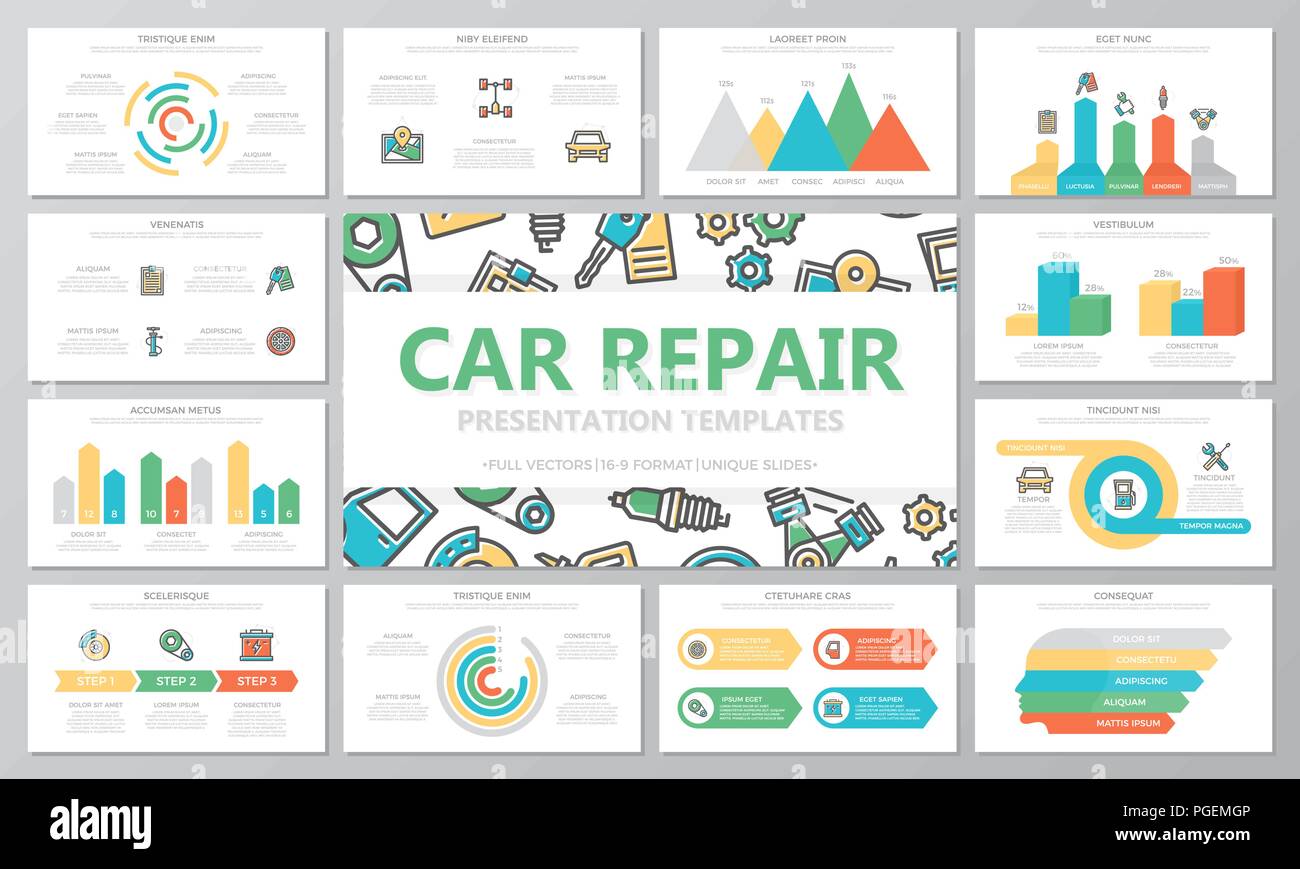Understanding The Significance Of Your Automobile'S Warning Signals: What They Really Represent
Understanding The Significance Of Your Automobile'S Warning Signals: What They Really Represent
Blog Article
Content By-Faulkner Torres
When you lag the wheel, those beautiful caution lights on your dashboard can be a bit complicated. Do you recognize what they're attempting to inform you about your car's wellness? Comprehending car cleaning services auckland of these lights is essential for your safety and security and the durability of your automobile. So, the following time one of those lights appears, would not you intend to analyze its message properly and take the needed steps to resolve it?
Common Caution Lighting and Interpretations
Recognize typical caution lights in your auto and understand their meanings to make certain safe driving.
The most common caution lights consist of the check engine light, which signals problems with the engine or exhausts system. If this light begins, it's important to have your vehicle examined immediately.
The oil pressure alerting light suggests low oil stress, needing immediate focus to prevent engine damages.
A blinking battery light may recommend a damaged charging system, potentially leaving you stranded if not attended to.
The tire pressure monitoring system (TPMS) light notifies you to low tire pressure, impacting lorry security and gas performance. Overlooking this can cause dangerous driving conditions.
The abdominal muscle light shows a problem with the anti-lock stopping system, jeopardizing your capacity to stop quickly in emergencies.
Lastly, the coolant temperature level alerting light warns of engine overheating, which can result in serious damage otherwise resolved promptly.
Understanding these typical caution lights will certainly aid you deal with problems without delay and preserve safe driving problems.
Significance of Prompt Interest
Understanding the typical warning lights in your car is just the initial step; the significance of quickly resolving these warnings can not be highlighted enough to guarantee your security when driving.
When a warning light illuminates on your control panel, it's your cars and truck's means of connecting a prospective issue that requires focus. Ignoring https://business-review.eu/business/ukraine-conflict-stalls-the-automotive-industrys-engine-228644 can lead to extra extreme issues later on, jeopardizing your safety and possibly costing you a lot more in repairs.
Trigger focus to cautioning lights can protect against failures and crashes. For example, a blinking check engine light might indicate a misfire that, if left unattended, could create damages to the catalytic converter. Addressing this quickly can save you from a pricey repair work.
Similarly, a brake system alerting light could signal low brake liquid or used brake pads, vital parts for your security when driving.
Do It Yourself Troubleshooting Tips
If you notice a warning light on your dashboard, there are a few DIY troubleshooting pointers you can attempt before looking for specialist help.
car wrap nz is to consult your auto's guidebook to understand what the specific caution light suggests. Often the problem can be as easy as a loosened gas cap activating the check engine light. Tightening https://thedivisionscheduledmaint18495.develop-blog.com/38838011/how-mobile-cars-and-truck-outlining-services-can-save-you-money-and-time might solve the problem.
One more typical problem is a reduced battery, which can activate various advising lights. Checking the battery links for corrosion and guaranteeing they're safe and secure might repair the trouble.
If a caution light continues, you can try resetting it by detaching the vehicle's battery for a couple of minutes and then reconnecting it. Furthermore, checking your lorry's liquid levels, such as oil, coolant, and brake liquid, can aid troubleshoot cautioning lights associated with these systems.
Verdict
Finally, understanding your automobile's warning lights is essential for keeping your vehicle running efficiently and securely. By quickly resolving these alerts and understanding what they mean, you can avoid pricey fixings and potential break downs.
Keep in mind to consult your vehicle's manual for certain details on each cautioning light and act appropriately to guarantee a hassle-free driving experience.
Remain educated, remain safe on the road!
